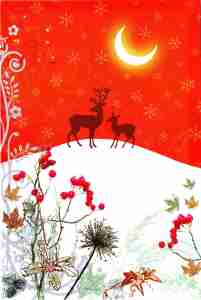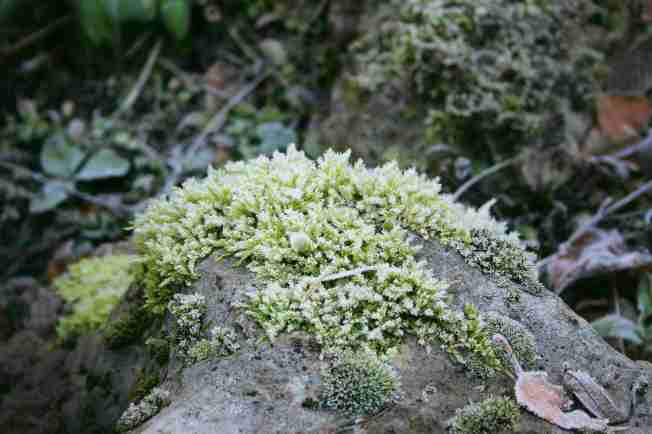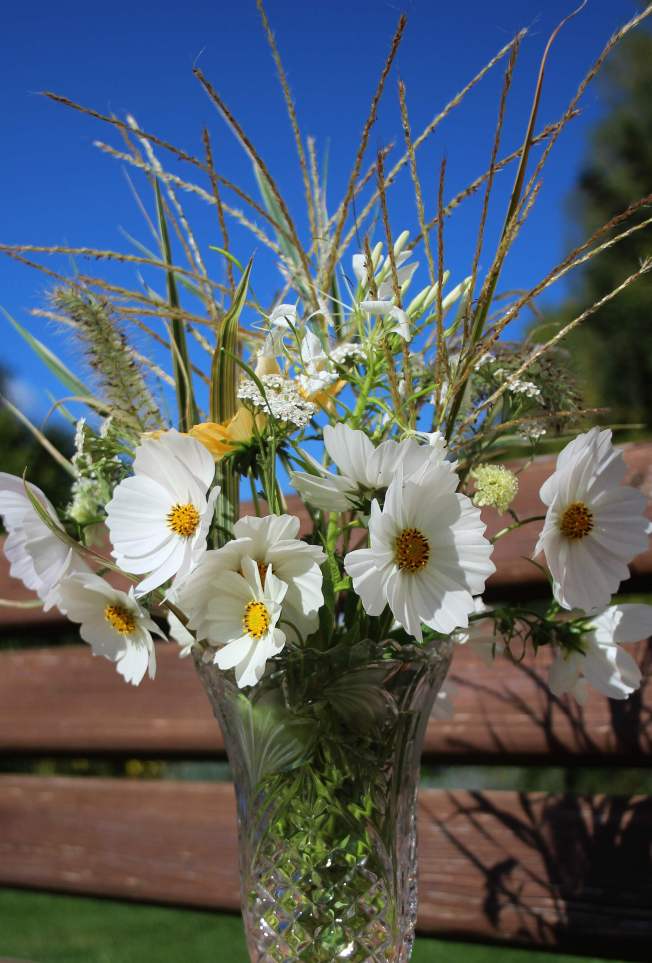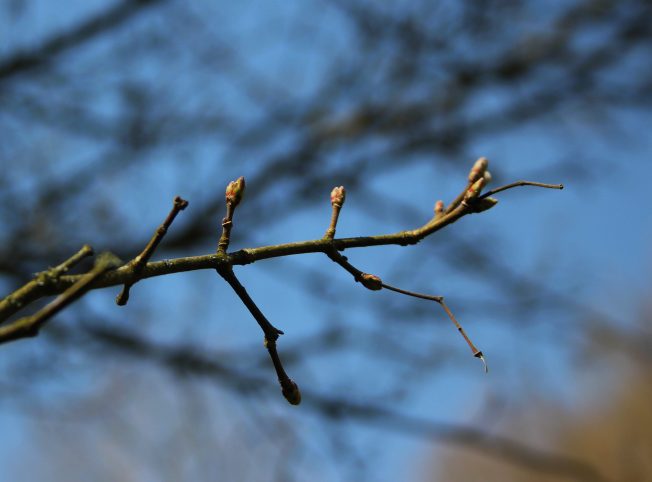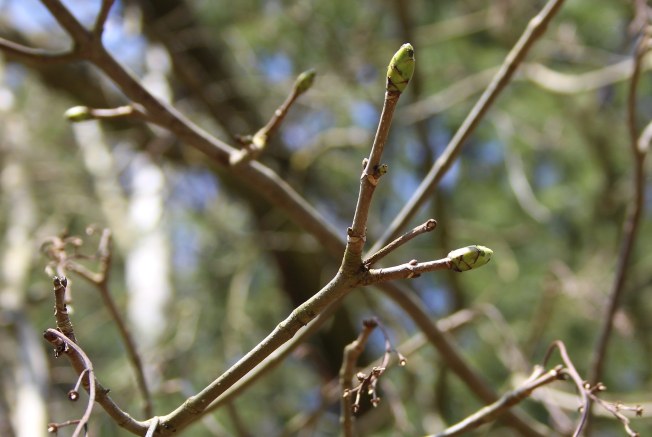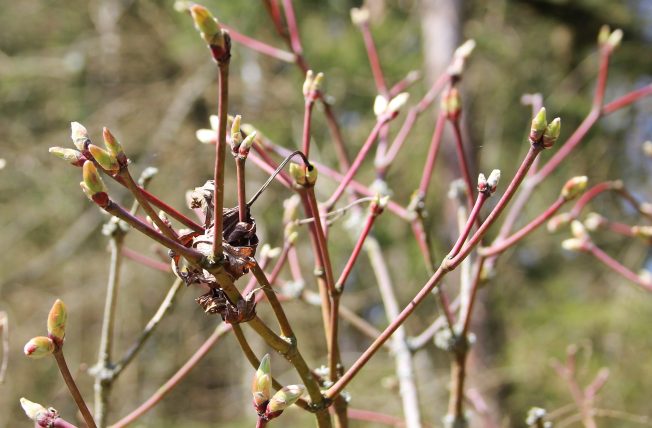Flora Poetica: The Chatto Book of Botanical Verse
Selected, Edited and with an Introduction by Sarah Maguire
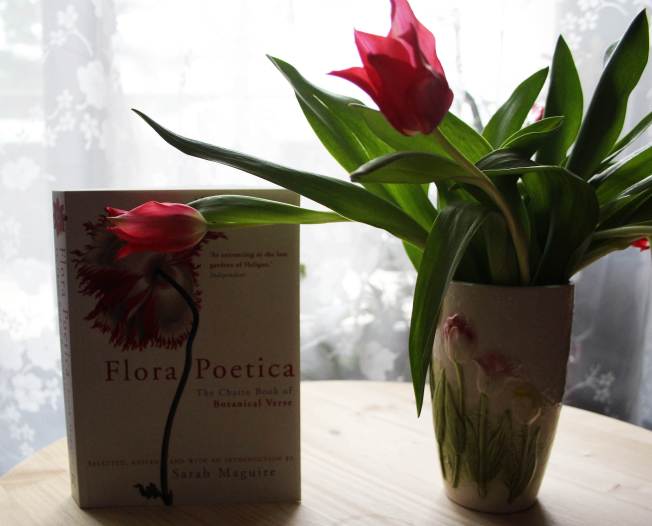
Recently this book featured as a prop in my “In a Vase on Monday” post, and I realized I had not reviewed it although I have had it for several years now.
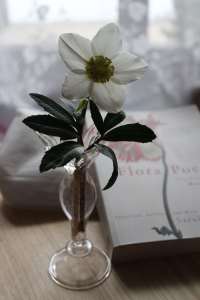
This collection of poetry is the second favourite in my book shelf (my first favourite is the New Dragon Book of Verse which I learned to love in my school days!), and it often gets an airing, not just in winter.
The poems are all about plants, and they are (in my opinion!) all wonderful… in very different ways. Perhaps I haven’t read every single one, but there are many I have read over and over again. One seasonal example is Louise Glück’s “Snowdrops”, which I find very moving. Here’s an excerpt…
“… I did not expect to survive,
earth suppressing me. I didn’t expect
to waken again, to feel
in damp earth my body
able to respond again, remembering
after so long how to open again
in the cold light
of earliest spring–“
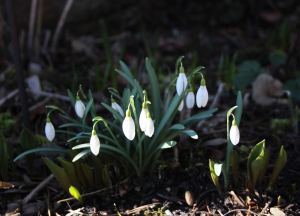
Snowdrops last spring
The book is divided rather unusually into botanical families, which means that I have learnt a few things while thumbing through it. Did you know, for example, that forget-me-nots are in the same family as borage? I suppose some of you did, as you are all so knowledgeable, but I had never given it much thought! We are taken through over 50 different botanical families such as the Maple and the Beech, the Onion, Arum, Lily, Beech, Spurge and Olive, and many of the poems have a note on the botanical name of the plant, tree or flower that is the subject. The sections vary in length; families like the Vine have only one, while the Rose section has over 40. One of my favourites in the Rose section is Dorothy Parker’s “One Perfect Rose”, and here are the first and last verses…
A single flow’r he sent me, since we met.
All tenderly his messenger he chose;
Deep-hearted, pure, with scented dew still wet –
One perfect rose….
… Why is it no one ever sent me yet
One perfect limousine, do you suppose?
Ah no, it’s always just my luck to get
One perfect rose.

Another surprising element of this anthology is to read one poem from, say, the 17th century and then the next one is from the 20th century. For example, Robert Herrick’s poem “To Daffadills” is followed by Sylvia Plath’s “Among the Narcissi”. Then the first line of the 1998 James Reiss poem “Lily” reads “Went out & scissored a lily…” and on the opposite page we read “White though ye be; yet, Lillies, know…” in Robert Herrick’s “How Lillies Came White” from 1648. These juxtapositions are fascinating, unexpected and work very well.
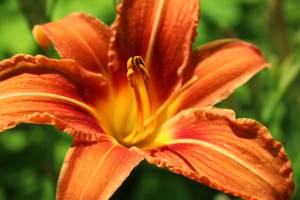
It is also fascinating to see the way certain plants, such as the rose, have captured the romantic imagination over centuries. Symbols and human desires have changed very little over time, even though the countryside in which they grow has altered dramatically. John Clare‘s idyllic images of rural England in the early 19th century demonstrate this time and again with his references to meadows, wheatfields and cattle grazing. There are quite a few of his poems here; with his eye for detail and his passion for the countryside he tended to focus frequently on individual plants.
And then having Sylvia Plath next to Ted Hughes, or John Clare (“The Wheat Ripening”) next to Vikram Seth (“Evening Wheat”) is, quite simply, very enjoyable reading.
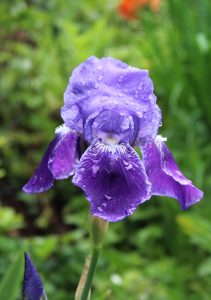
There are many writers in here I did not know before, from all over the globe, and I have been encouraged to look for more of their work. But then there are also the lovely old English familiars; Thomas Hardy, John Donne, W.B.Yeats, William Wordsworth, D.H. Lawrence, etc.
The book has an index of the poems under the botanical families, as well as an index of poets, one of titles AND one of first lines. There is also a nice introduction by Sarah Maguire, a poet herself, who composed this anthology. She describes how and why she gathered so many poems on flora and gives a few details of what she was unable to include, as well.
If you love plants, botany and poetry you will most definitely like this book!

Click on this picture for a link where you can buy Flora Poetica
A final note: the name “Chatto” in the title refers to the publishers Chatto and Windus, an imprint of Random House. I thought there must be a connection to Beth Chatto so looked this up and found out that the founder of this publishing house in 1873 was actually Beth Chatto’s father-in- law. Curiosity satisfied!
